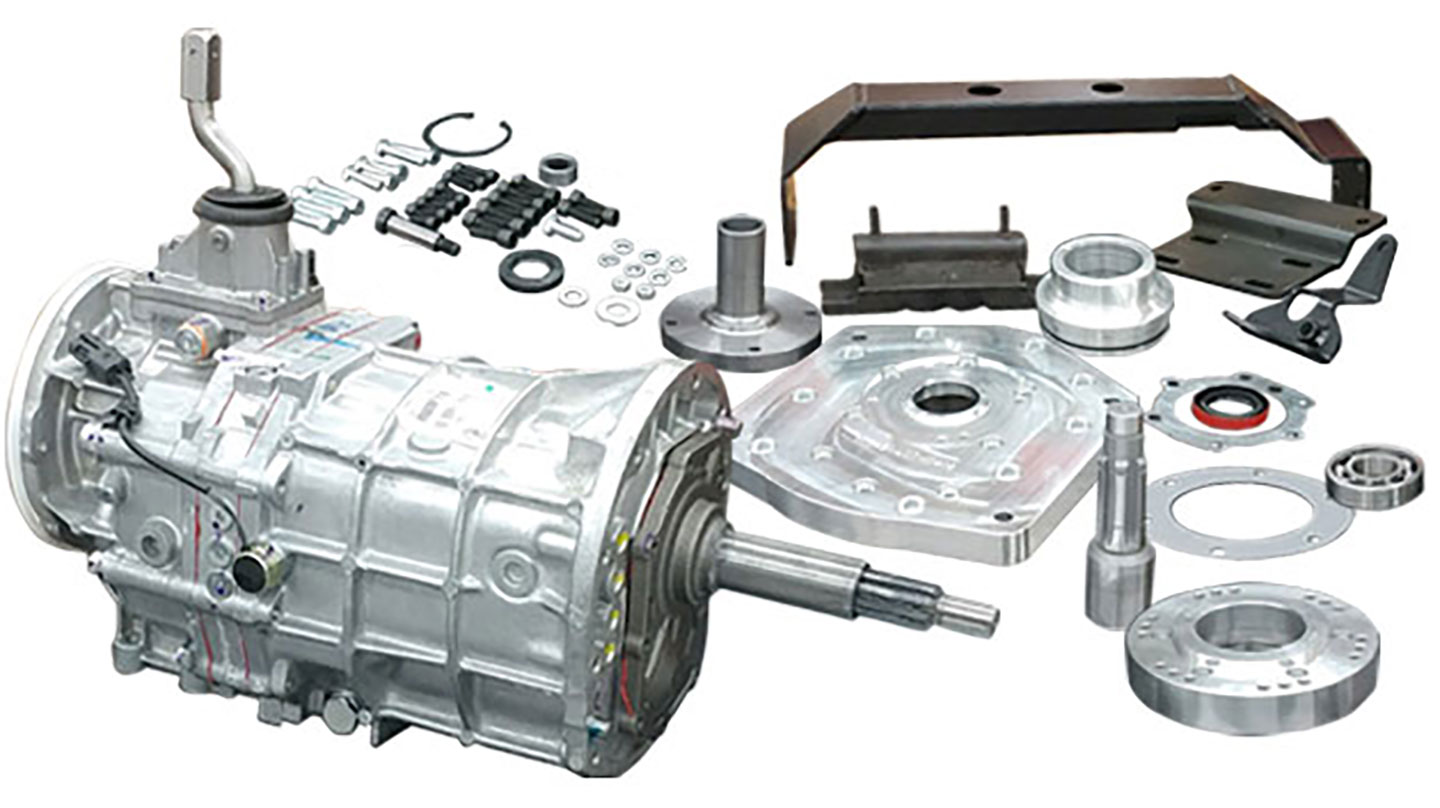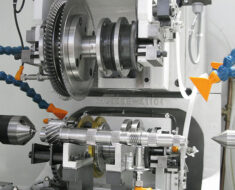The global automotive industry is enjoying a period of relatively strong growth and earnings, but many regions are under the threat of uncertainty. Car manufacturers seek better economies, ideal market conditions to have a successful stay in the industry. The auto industry has some big players that have marked their presence globally and General Motors, Ford, Toyota, Honda, Volkswagen and DC are among them. It has also been suggested that the automotive industry has accelerated further, after the globalization period, due to easy accessibility and facilities between nations and mergers between the world’s giant automakers.
In addition, advances in industrialization led to increased growth and production in the Japanese and German markets, in particular. But in 2009, the global auto and automobile sales industry experienced a major decline during the global recession, as this industry is indirectly dependent on economic changes in employment and spending, making it vulnerable. While demand for new and used vehicles in mature markets (for example, Japan, Western Europe, and the United States) fell during the economic downturn, the industry boomed in the developing economies of Brazil, Russia, India, and China. The momentum of global trade has enabled the growth of global trade distribution systems, which has also inflated global competition among automobile manufacturers. Japanese automakers, in particular, have pioneered innovative production methods by adapting and modifying the American manufacturing model, as well as using technology to increase production and provide better competition. The global automotive industry is dynamic and capacious, accounting for approximately one in ten jobs in developed countries.
Developing countries often turn to their local auto sector for economic growth opportunities, perhaps because of the extensive links the country’s auto industry has with other sectors. China is by far the largest sales market, followed by Japan, India, Indonesia and Australia. Sales figures from 2005 to 2013 indicate that vehicle sales in China doubled during this period, while Indonesia and India also benefited. However, there was a drop in sales during this time in Australia, New Zealand, and Japan. Interestingly, this year the competition in the truck segment has become more intense, with the three big US automakers fighting for supremacy in both performance and fuel economy. The Japanese aren’t giving up either, as both Toyota and Nissan launched new pickups in 2015.
India is the seventh largest auto producer globally with almost an average production of 17.5 million vehicles and the auto industry’s contribution amounts to 7% of the total GDP. It has been estimated that, by 2020, the country will witness the sale of more than 6 million vehicles annually. India is expected to be the fourth largest automotive market by volume in the world, where production of two-wheelers has grown from 8.5 million units per year to 15.9 million units in the last seven years and is expected to tractor sales to grow at a CAGR of 8-9%, in the next five years, making India a potential market for international brands. As 100% foreign direct investment is allowed in this sector, India is expected to expand rapidly and soon become the largest auto industry. Although India is the second largest manufacturer of two-wheelers and the largest manufacturer of motorcycles, it is also estimated to become the world’s third largest automobile market by 2016, accounting for more than 5% of global vehicle sales. Since there are a large number of products available to consumers in various segments, providing a wide variety of vehicles of all types, manufacturers aim for customer satisfaction and loyalty.
Following the FDI policy, the entry of a number of foreign players with reduced overall product life cycle and faster product launches has become commonplace in the country’s auto industry. The Indian auto market is seen as the potential market that can dominate the global auto industry in the coming years. Also, the giant distributors and manufacturers are leaning towards the country due to the ease of financial regulations as well as such a conducive environment to support their projects.
With Narendra Modi’s Make in India campaign, the auto industry is expected to witness quite a few changes, where 800 Cr has been allocated in the budget to promote manufacturing of hybrid and energy vehicles. This move is expected to lower prices by making these electric and hybrid vehicles cheaper and greener. This measure is also expected to reduce carbon dioxide emissions by 1.5% by 2020. This program will subsidize the purchase of new hybrid and electric cars, as well as other types of vehicles. It specifies incentives of up to Rs 29,000 for scooters and motorcycles, and up to Rs 138,000 for cars. Three-wheelers, light commercial vehicles, and buses will also be eligible for incentives of varying amounts.
The used car sector in India has become one of the leading industries due to its easy access and lower interest rate. But used car sales growth is slower than new car sales as people still prefer buying new cars over buying used cars. A big reason for this could be the fact that there is a reduced supply of used cars, and the high prices of these used cars are pushing consumers to opt for low-priced new cars. But despite slower growth compared to the new car segment, the used car industry has shown rapid and steady growth. According to industry analysts, used car sales are expected to increase in the coming years.
Until the past decade, consumers were involved in the unorganized sector of the used vehicle industry, there were no organized actors to help consumers purchase used vehicles, and around 60% of used vehicle sales were from client to client where there is a trust factor. The remaining sales were handled by local distributors. But then in 2001, Maruti came along with the first used car sales company in 2001 – Maruti True Value. Despite the auto industry witnessing low sales figures in recent quarters, the used or pre-owned car segment is growing rapidly and is likely to accelerate in the future. In fact, in the last fiscal year, more used cars were traded, 10% more than new ones, according to the evaluation of Maruti Suzuki India Ltd. and Honda Siel Car India Ltd. With the intervention of organized players, the market for used cars has benefited from fair deals, guarantees, better retail network, credibility, transparency, easy availability of finances. All of this has made buying a used car much easier. Organized used car showrooms provide the platform for prospective consumers to choose cars from various brands and segments. Car manufacturers have realized the potential of the used car market and are making conscious decisions to operate in the used car sector as well. In addition to showcasing multiple brands, brand name used car retailers also offer a one stop shop for all inquiries and complaints. All the major car dealers have now established their used car segment retail showrooms, Maruti True Value, Ford Assured, Hyundai Advantage and Toyota U Trust are some of the major used car dealers.
The constant fall in fuel prices and better financial policies in the last year are the factors that are expected to be the reasons for the increase in the number of new buyers in the market, which decreased in 2013-14. But during this period, one segment that benefited from this decline was the used vehicle market, with increased awareness, financial reforms, and organized businesses. Most of these used car buyers are young people who prefer to buy used cars that have lower prices and get a good deal for the same. The Indian used car market, which still accounts for almost a quarter of the new car market, is growing at a fast pace. The used car sector is expected to grow between 15 and 18% in the coming years.
Also, with the increase in the number of organized players, the amount of trust people are placing in buying a used car has increased. These players not only offer a good line of used cars but also offer financing and extensive vehicle check service for 100% customer satisfaction.
The automotive industry is an important part of every economy, as it is interrelated with the growth of sectors of the economy. India, as one of the developing economies, is resolving to make its auto industry more and more ultimately successful by linking it with overall development. With the Make in India campaign and the promotion of eco-friendly vehicles, India is expected to become the world’s largest auto industry soon. The used car industry is expected to gain a lot with more and more people turning to it along with the growth in the new car market. With more resources for buyers and sellers, the auto industry is expected to flourish creditably in the near future, ultimately leading the country forward.





